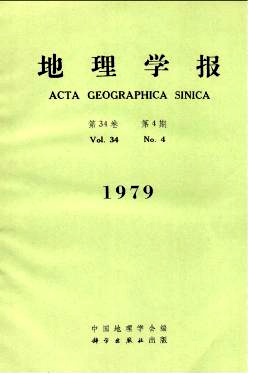Hou Renzhi
Under the socialist system, city planning has a special significance. It is an im-portant index of the planned development of national economy according to socialist principles. It reflects the social life and the mental outlook of the masses. It has to do not only with the layout and planning of a new city, but also with the utilization and the reconstruction of old cities. The latter task involves a huge amount of work and very complicated problems. For in China, most of the major existing cities were developed in the feudal societies, some of them could have originated in the slave society. These ancient cities with long tranditions have their own particularties and patterns of development. To bring them to light fully is an important object in the study of urban historical geography, and would provide indispensable information for the re-construction of old cities. The present paper is based on the writer’s field experiences, it attempts to clear up certain principal problems which may be summarised as follows:(1) Taking origin and development of the site of Beijing (Peking) as an example, it unveils the evolution of geographical conditions and the important function of the fluvial systems in total surface planning of old cities, and shows how the problem of the source of water appeared in the development of cities. Even today the problem of finding new sources of water supply is still of paramount importance in city planning.(2) Taking formation of the features of Chengde as an illustration, it tries to explain the characteristics of development of the city and its nature, providing valid arguments for present day city planning and urban reconstruction.(3) Taking changes in the location of Wuhu as an instance, it illustrates the logical development from inland riverlets to big tributary entering the Cha.ngjiang, and then to the banks along the Changjiang itself, thus indicating the trend of establishing important harbours opening to the seas along the banks of the, Changjiang in future years.(4) Taking Linzi, Zhoucun, Zhangdian and Xindian, the four principal towns in the Municipality of Zibo as examples, it shows how several towns within the same area have, in different historical periods, changed their locations, leading to the develop-ment of the new city and the disintegration of the old. This phenomenon must be studied with reference with development of the whole area and to the changes in the communication of the area as a result of this process.
